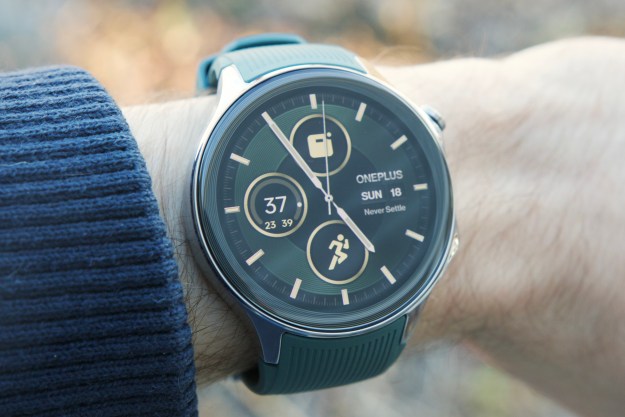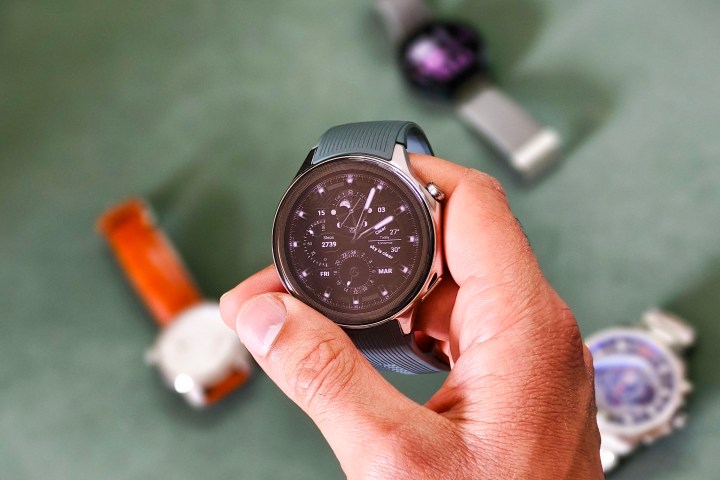
The OnePlus Watch 2 — the company’s first Wear OS watch — has entered a market that Samsung dominates. However, OnePlus’ popularity as a smartphone brand can be expected to bring small, yet meaningful changes that benefit not only OnePlus users, but all of the Wear OS segment in general.
For almost a decade, Samsung and Apple have predominantly been the default options if you want a smartwatch that is actually useful and goes beyond flashy features. With Samsung shifting gears and migrating from its own Tizen OS to the (relatively) more universal Wear OS platform and Google releasing its own Pixel Watch after struggling with an identity crisis in the smartwatch world, the platform has much more traction than it did a few years ago. As OnePlus carves its way into the segment, it has the opportunity to entice people who don’t wish to live within Samsung’s limitations when using a Galaxy Watch with another brand’s phone.
The OnePlus Watch 2 is unusual; it’s distinct from the existing crop of smartwatches. Although it is far from being considered the best smartwatch one can buy, it signals hope for a better ecosystem of tiny computers on our wrists that are smarter and actually useful. Here are some ways the OnePlus Watch 2 could help reshape the Wear OS market for the better.
A step forward for smartwatch design
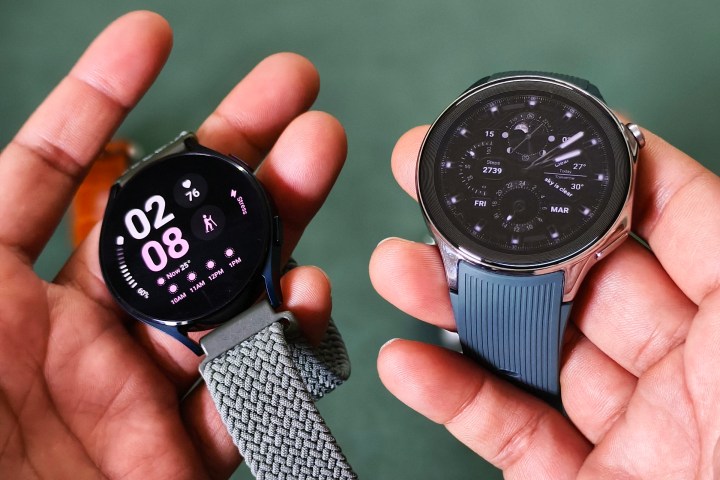
Smartwatches have existed for over a decade and have greatly improved in functionality in many ways. Despite the advancement, smartwatches continue to have uninspiring designs. This is just like Android phones, where most of the innovation has been restricted to improving the functionality — with better internal hardware and software — and the only attempts to make the design stand out have been limited to adding gaudy features like secondary screens without actually refining the existing elements.
But a smartwatch’s identity and aesthetics still largely revolve around its displays instead of its external appearance. While brands like Huawei and Garmin go against this trend, their watches run their proprietary software instead of Wear OS, which can be a deterrent for some adopters.
A watch is largely a fashion accessory. Meanwhile, brands’ unwillingness to make appealing timepieces could be why purists and timepiece collectors still detest smartwatches.
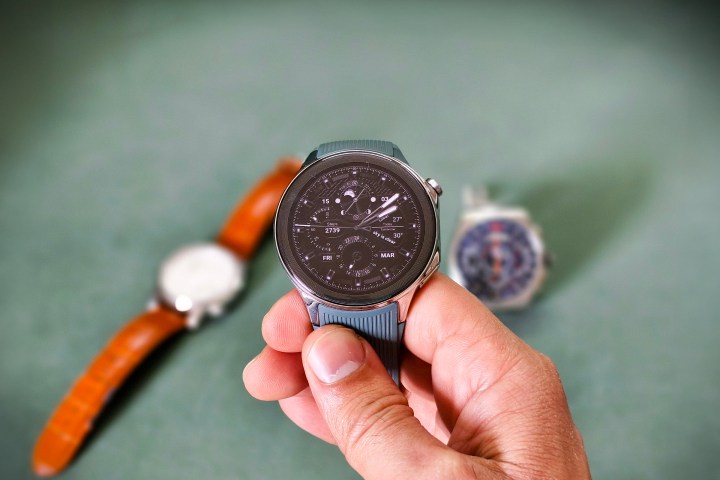
But the OnePlus Watch 2 veers from this approach with a design that is more in line with premium watches. Buttons protruding out of the circular metal shell appear more prominent, and the curved bezels with concentric rings under the glass evoke a sense of artisanship and lend it a more premium demeanor.
During my use, I have witnessed the OnePlus Watch 2 attract attention from countless people, some of whom have even asked me about its make. The long-lasting battery — which I will discuss below — has also helped me keep the always-on display always on.
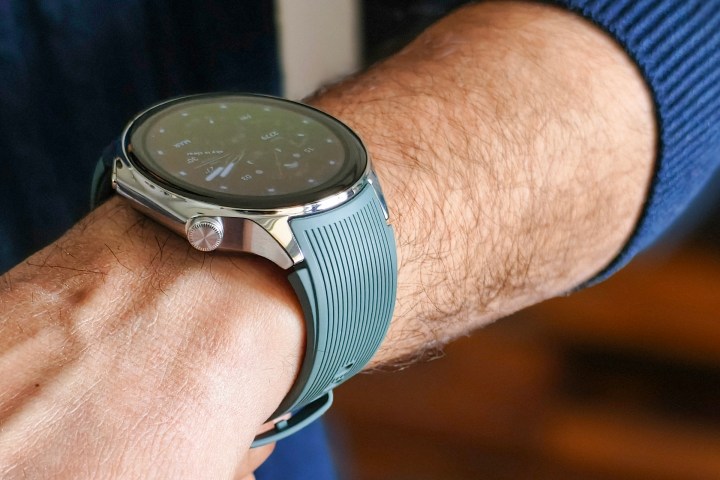
The OnePlus Watch 2’s looks also complement formal attire and have helped rid me of the urge to swap it out for analog timepieces I own. I do wish the built-in watch faces included some more premium options, which would have done justice to the exterior design. But there is always an option to use third-party watch faces from apps like Facer to spice up the looks, especially watch faces created with direct inspiration from premium watch brands like Tag Heuer (eliminating need to spend almost $3,000 on its smartwatch).
While looks enough won’t help the OnePlus Watch 2 succeed — as Fossil’s recent exit from Wear OS shows — OnePlus’ experience, mass appeal, access to Oppo’s research and development facilities, and its own distribution channels can definitely help.
OnePlus already offers a choice between a black and chrome variant, but what could help it further is possibly a more extensive selection of first-party watch bands that allow users to express themselves. Support for regular 22mm watchbands is a positive step in this direction, but official partnerships with accessory brands like Spigen will boost this further.
Beyond amazing battery life
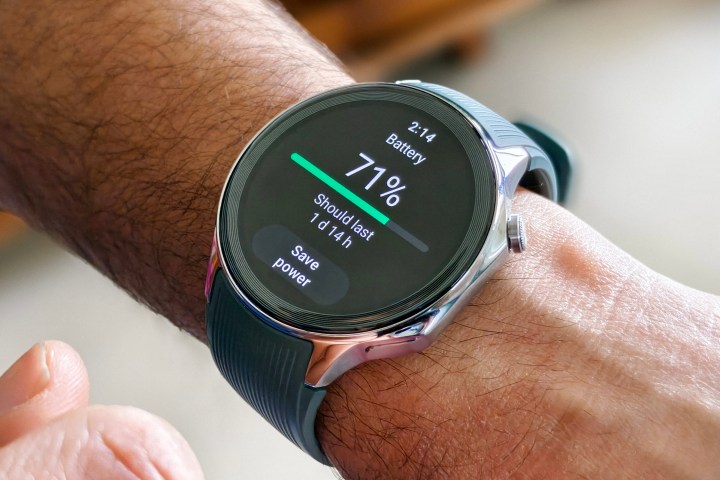
The OnePlus Watch 2 easily outshines most smartwatches, such as the Apple Watch, in terms of battery life. With its dual chip approach, where the “High-Level” part shuts down when you’re sleeping or not using the watch, the OnePlus Watch 2 can save tons of battery — giving an output similar to some simpler fitness watches and fitness bands. This includes models from the likes of Garmin, Fitbit, and Amazfit.
This approach makes the OnePlus Watch 2 a slightly more attractive option to the incumbents in the Wear OS space, such as the Pixel Watch or the Galaxy Watch, by targeting individuals who want a longer battery backup without compromising the ability to customize what they can do with the watch. For instance, if you find OnePlus’ own fitness metrics lacking, you can use another third-party app like Strava or Google Fit. You can also synchronize data from OnePlus’ and Oppo’s Health app (which is essential to use the OnePlus Watch 2) with one of these apps using Google’s Health Connect Platform.
By embracing these modifications, the OnePlus Watch 2 offers a battery life that is alien to the segment. More importantly, it encourages users, who were previously skeptical about Wear OS’ battery issues, to trust the platform. Beyond that, it should inspire other brands to come up with similar solutions, which should spur them to capture some of the market dominated by Apple and Samsung.
Breathing new life into Wear OS

Archaic visuals pervade Wear OS, which survived the past decade as Android Wear — and was mostly unnoticed in the shadow of the Apple Watch. The vanilla Wear OS, as seen on some smartwatches from Fossil, is bland and appears to have inherited its design from past generations of Android.
OnePlus is seemingly taking some inspiration from the Apple Watch by integrating a similar honeycomb-like app grid (which can be changed if you don’t like it) and similar animations. Despite the lack of originality in the implementation, it feels more exciting than the Google Pixel Watch 2 while maintaining classy and subtle visuals. This is unlike Samsung, which pushes too hard with its 3D visuals that still feel like a metamorphosis of the Tizen OS ran on that older watches, such as the Galaxy Watch 3.
My views on the visuals can be uncompelling — even offending — to some. I agree I’m no expert on design, but the OnePlus Watch 2 infuses a sense of newness and excitement that Wear OS has lacked in the past year — which is something the Pixel Watch hasn’t been able to do despite setting high expectations initially. The broad idea here, however, is that if OnePlus can breathe life into the otherwise dull Wear OS interface, other brands should also try it.
More competition is healthy
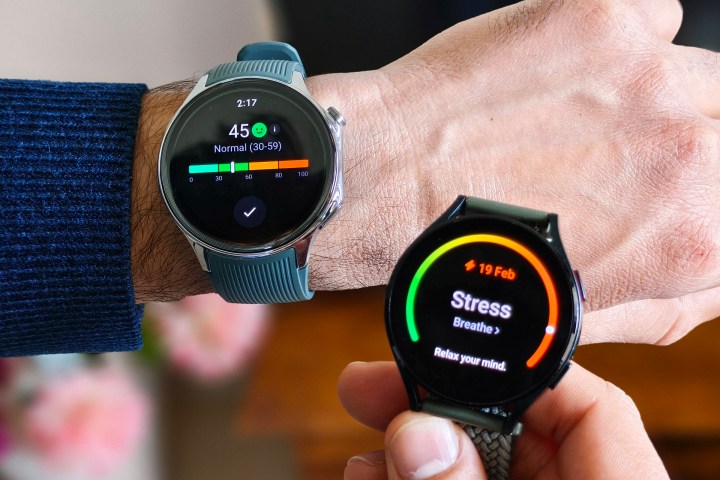
OnePlus’ entry into the Wear OS segment creates pressure on the existing players. While that fractures Samsung’s monopoly, it also fosters an environment where other brands try harder to be more appealing options.
For its last three years in the Wear OS market, Samsung has made minimal changes to its Galaxy Watch lineup. The Galaxy Watch 6, for instance, uses the same design and nearly the same sensors from the fourth generation. Despite attempting to add a “Pro” variant with a longer battery in the previous generation, it retraced its steps and went back to the regular and Classic variants. Likewise, Google also launched the Pixel Watch 2 with nearly the same design and (ironically) some decrements to the sensors compared to the first generation.
This is crucial because, unlike Android phones, where we see continuous (although minor) improvements, the Wear OS segment is stuck in a stalemate where companies such as Samsung and Google don’t bother to innovate significantly. Due to limitations in compatibility, these brands also cherish the option to remain unperturbed by what Apple is doing.
In general, disruptors like OnePlus not only encourage incumbent brands to innovate beyond releasing lip service releases, but also do it at more competitive prices. This especially matters because, unlike other inventive Chinese brands, OnePlus has access to the U.S. market, which is one of the biggest revenue drivers. The revenue generated from developed nations like the U.S. can be reinvested to deliver more cost-effective solutions in regions that require more competitive pricing without cutting down on features.
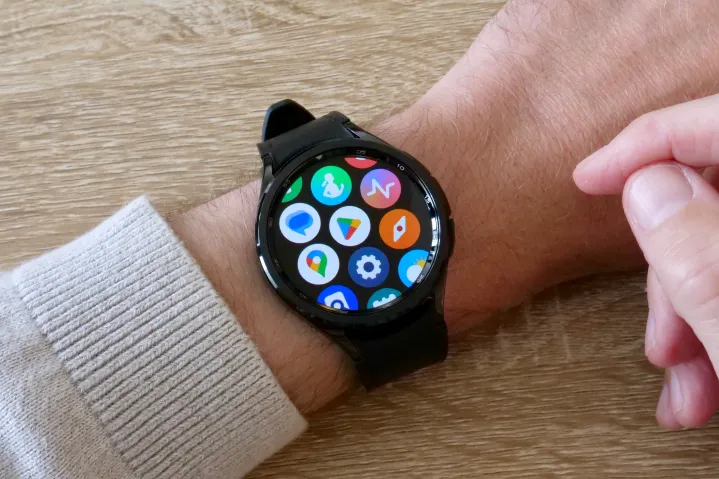
Similar changes can be expected for the software, too. Unlike Android, which sees a version upgrade every year, Wear OS updates have been sluggish and unpredictable. But Samsung’s interest in Wear OS has urged Google to push out software updates more frequently. We are closer to moving to a yearly upgrade cycle for Wear OS, and with more brands like OnePlus joining the momentum, it is expected to make these updates more timely and with a more stable schedule.
Overall, these changes will help Google fend off its sense of existentialism with products — and hopefully curb its tendency to kill product lineups in an untimely fashion and without any warning.
OnePlus needs to work harder, too
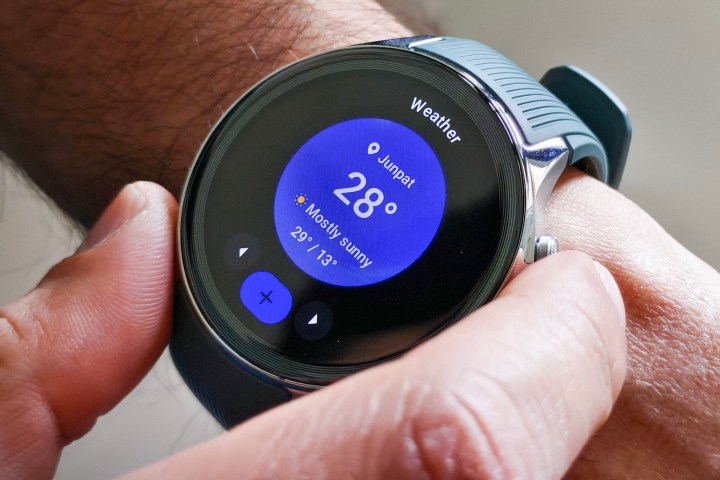
OnePlus’ work as a smartwatch company only begins here. It needs to strive harder to make its upcoming watches more competitive and compelling, especially in terms of software — and hopefully, through software updates, to bring some of those features to the OnePlus Watch 2 as well.
I say this despite my fondness for the OnePlus Watch 2 I mentioned above. Despite acing its looks, it still feels lacking in terms of the experience compared to other smartwatches — and I can’t help but use the Galaxy Watch as the benchmark for this. Despite being priced closer to the Galaxy Watch 6 series, the OnePlus Watch 2 lacks many of its software features — such as seamless, comprehensive data for multiple previous workouts, software customization options like choosing your top workout methods, and synchronization of DND or Work modes, alarms, etc. It also skips out on LTE connectivity, Qi wireless charging, and sensors such as an ECG and for body composition.
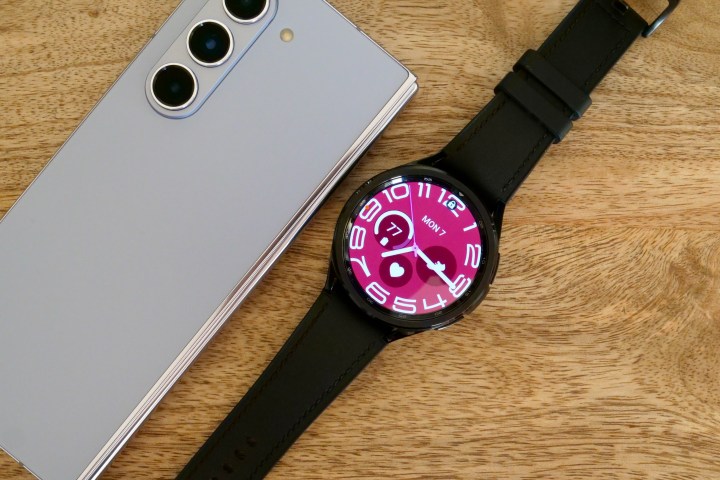
While these omissions may be forgivable for a first-gen smartwatch, the OnePlus Watch 2 has a disadvantage when stacked against other offerings from Samsung and Google. Taking necessary measures to fix this also becomes imperative when we consider the open nature of Android, which simply means I can use a watch with another brand’s phone without losing out on the basic features.
Another missed opportunity for OnePlus was to include a rotating dial, but not use it the same way as the Apple Watch does. Fixing things like these is vital to survive in an ecosystem where consumers usually have higher expectations of what they can control, rather customize than just letting the company choose for them (looking at you, Apple!).
The OnePlus Watch 2 is what Wear OS needed
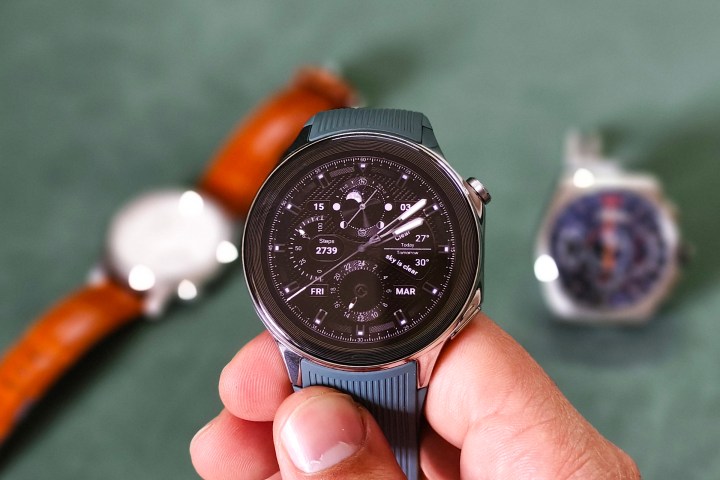
Despite all its inadequacies, the OnePlus Watch 2 serves as a fitting reminder for Google to give Wear OS the attention it deserves. It also compels Samsung to be more mindful of companies like OnePlus while innovating on its upcoming watches, especially since Google still avoids being seen as a hardware company.
For other Android-focused brands, this can be a good chance to replicate Apple’s ecosystem, which they have continually attempted to do, but failed to achieve.
Of course, many of these changes will not be instant, and there is a possibility they might never be realized despite my optimism. But an environment with continuous innovation will be paramount to achieving an integrative ecosystem where all devices interact with each other without walls created by greedy companies. And the OnePlus Watch 2 is a meager, yet important step toward that hopeful future.
Editors' Recommendations
- 5 smartwatches you should buy instead of the Google Pixel Watch 2
- OnePlus surprises us with dazzling Android tablet and smartwatch
- The OnePlus 12 is the OnePlus phone I’ve been waiting for
- I revisited the Withings ScanWatch 2, and it didn’t go well
- iOS 18 could add a customization feature I’ve waited years for




